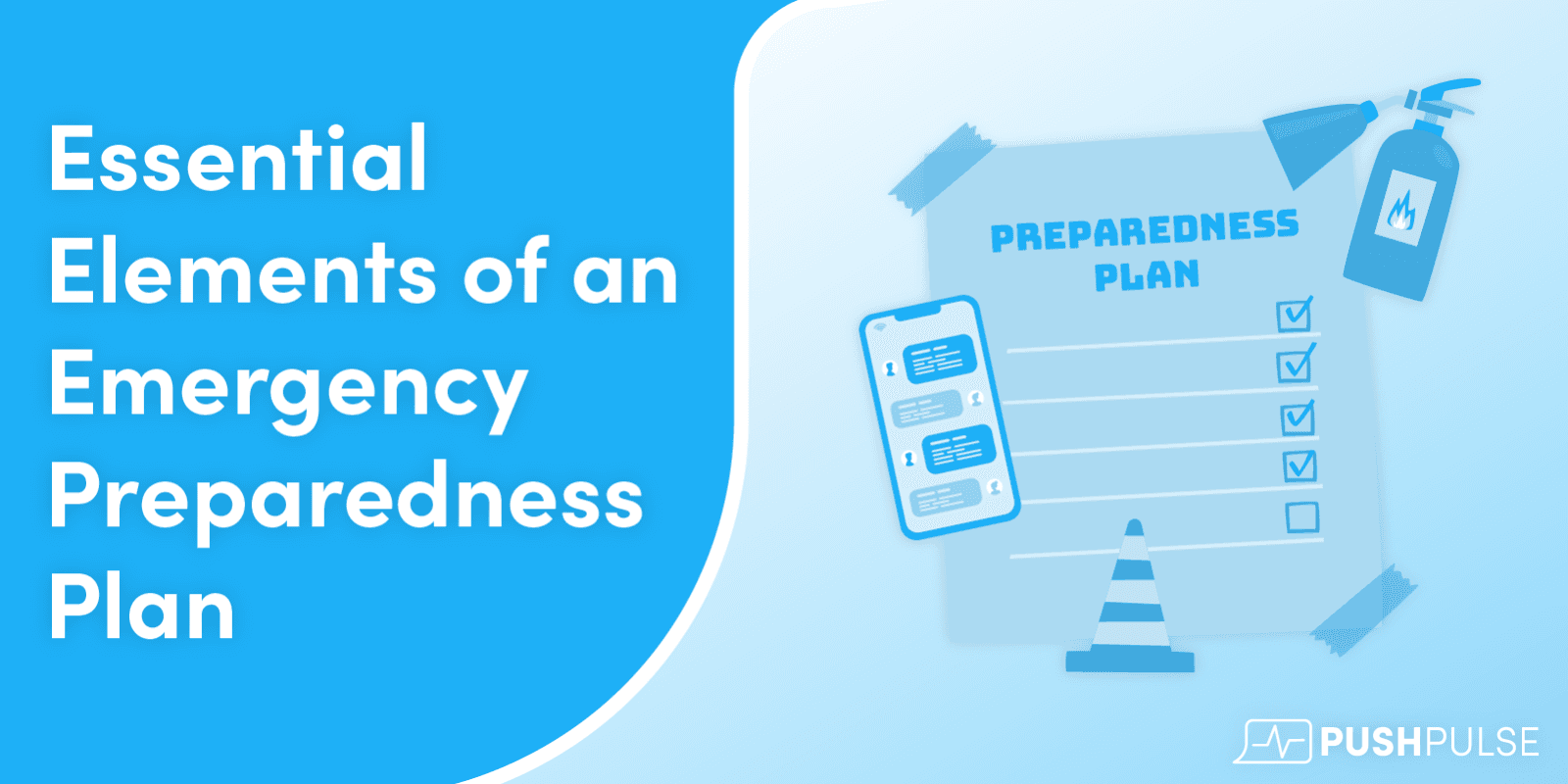Essential Elements of an Emergency Preparedness Plan
An emergency preparedness plan is a comprehensive strategy designed to ensure the safety and well-being of individuals and communities in the event of various emergencies or disasters. While specific plans may vary based on the type of organization, community, or potential hazards, there are several essential elements that should be included in any effective emergency preparedness plan:
Risk Assessment and Hazard Identification: Identify the types of hazards that could potentially affect your area or organization, such as natural disasters (earthquakes, hurricanes, floods), technological emergencies (power outages, chemical spills), or human-caused incidents (active shooter, medical emergency).
Emergency Contacts and Communication Plan: Create a list of emergency contacts including local emergency services, medical facilities, and relevant authorities. Develop a communication plan that outlines how you will notify and update employees, stakeholders, and the public during emergencies. Tools like PushPulse allow you to create and maintain contact databases and create lists based on roles and responsibilities.
Evacuation Plans: Establish clear evacuation routes and assembly points for your facility or community. Ensure that these plans are regularly reviewed, practiced, and communicated to all relevant parties.
Shelter-in-Place Guidelines: In situations where evacuation may not be safe or possible, provide instructions on how to shelter in place. This includes guidance on staying indoors, sealing windows and doors, and accessing emergency supplies.
Emergency Supplies: Compile a list of essential emergency supplies, such as water, non-perishable food, first aid kits, medications, flashlights, batteries, and sanitation supplies. Regularly check and update these supplies.
Medical and Special Needs Considerations: Account for individuals with medical conditions or special needs in your plan. Ensure that medical equipment, medications, and accommodations are readily available and accounted for during emergencies.
Training and Drills: Conduct regular training sessions and emergency drills to educate individuals about emergency procedures, roles, and responsibilities. Practice responses to different scenarios to ensure everyone understands what to do.
Leadership and Decision-Making: Clearly define roles and responsibilities for key personnel during emergencies. Establish a chain of command and decision-making process to ensure effective coordination.
Resource and Asset Management: Identify and allocate necessary resources for emergency response, including personnel, equipment, and facilities. This may involve collaborating with external agencies and organizations.
Business Continuity and Recovery Plan: For organizations, develop strategies to maintain essential functions during and after an emergency. Outline processes for restoring normal operations and recovering from disruptions.
Community Engagement: Collaborate with local authorities, neighboring businesses, and community organizations to create a coordinated response that maximizes resources and support.
Documentation and Review: Keep thorough records of drills, training sessions, and actual emergency responses. Regularly review and update the plan to incorporate lessons learned and changes in circumstances.
Public Awareness and Education: Educate your staff or community members about the emergency preparedness plan and how individuals can take proactive steps to protect themselves and their families.
Flexibility and Adaptability: Recognize that emergencies can be unpredictable and evolve rapidly. Design the plan to be flexible and adaptable to different scenarios and changing circumstances.
Remember that the effectiveness of an emergency preparedness plan depends on ongoing training, regular reviews, and active participation from all individuals involved. It's important to tailor the plan to the specific needs and risks of your organization or community and to ensure that it evolves as conditions change.
PushPulse is a critical communications platform developed specifically to help organizations modernize the way they share important alerts and notifications. Our software and apps enable the sharing of critical communications across various channels, including digital signage, email, SMS, voice calls, and push notifications in real-time.
Sign up for a demo now and see how PushPulse helps keep people safe, informed, and connected. Want to try it out for yourself? Start a free trial today, no credit card required!
Try PushPulse for free
Upgrading your emergency response strategy is easier than you think. Start sending alerts in minutes.
